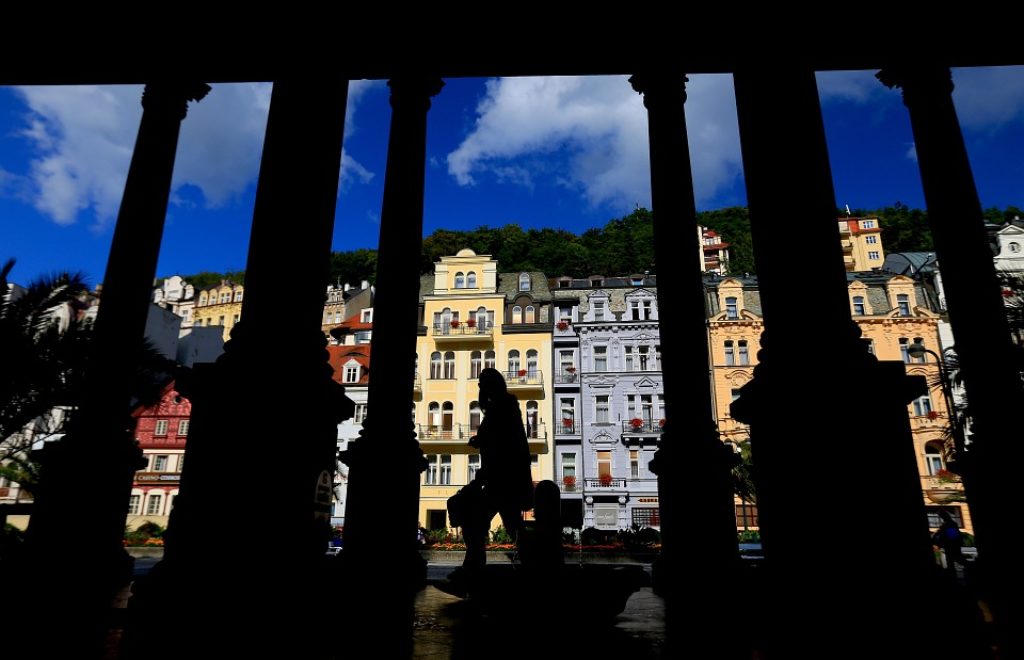Sovietisation and post-Soviet development in the Intermarium
Careful observation of Central and Eastern European history points to the fact that the two decades between the end of the First World War and the Munich Conference were critical for nation-state formation in that region due to the collapse of the two imperial hegemons – the Austro-Hungarian Empire and Tsarist Russia. In 1938 Germany and the Soviet Union, however, began to polarise the region once again. The state formation experience was, nevertheless, extremely valuable. This became apparent during the second 20-year (1989-2009) period of great “thawing,” after the USRR weakened and ultimately collapsed.
July 6, 2017 - Michał Kuź


































